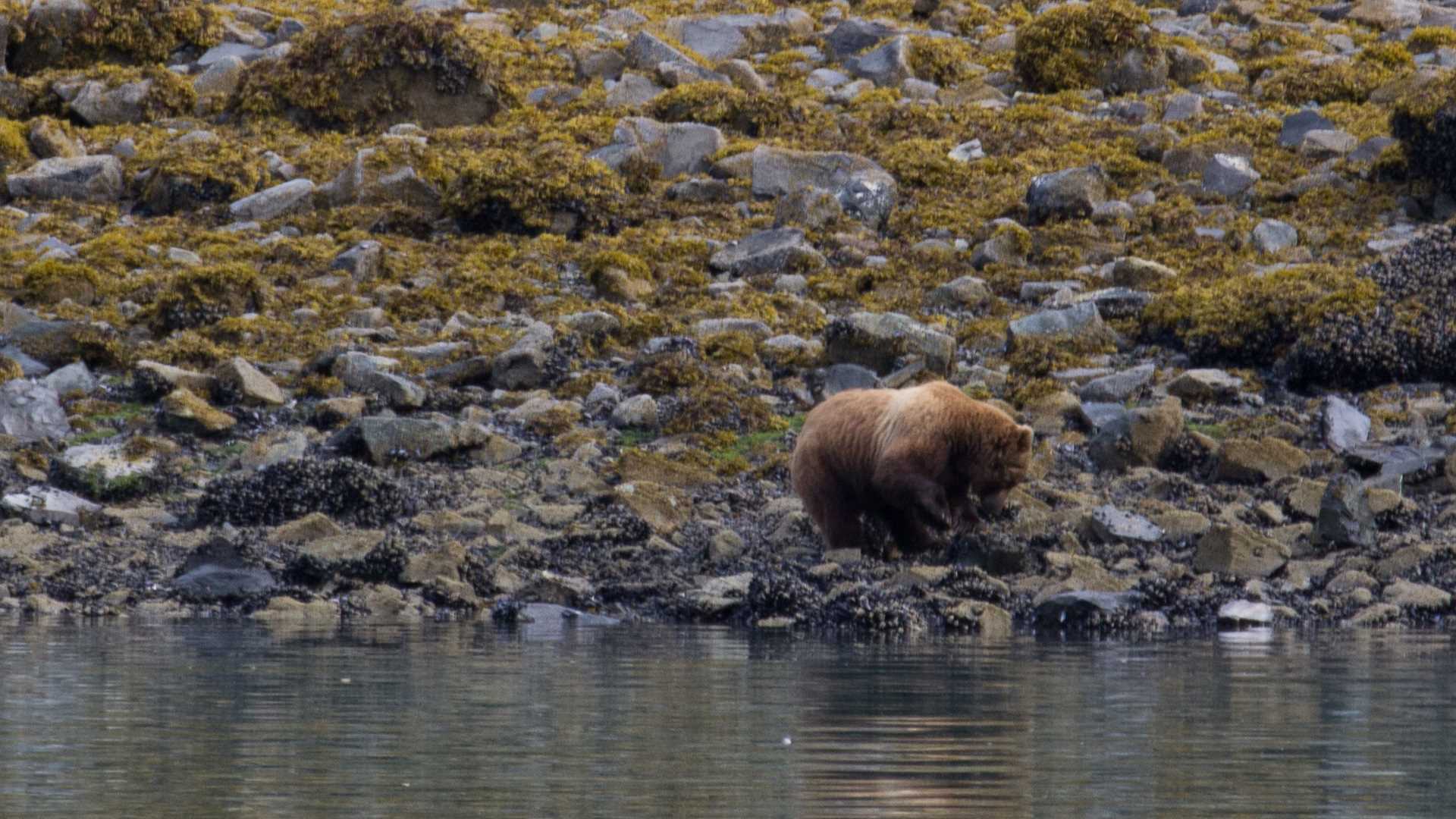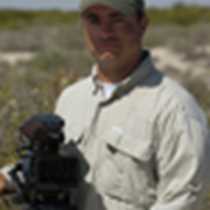The guests aboard the National Geographic Sea Lion awoke to a spectacular scene, deep within Glacier Bay National Park. Overnight the ship had repositioned to the face of Marjorie Glacier, a tidewater glacier sitting at the top of the immense park. With morning light peeking over the horizon the ice was illuminated softly and beautifully, with the occasionally fly-by of a few bickering Kittiwakes from the neighboring colony.
Departing such a scene was difficult but necessary. Once the ship turned and steamed off, and a quick but tasty breakfast had been consumed, it was all hands back on deck for more wildlife. The coastal brown bear, while the same species as the grizzly bear, exhibits quite different characteristics. The coastal brown bear can grow much, much larger than any other bear type, even sometimes exceeding the size of polar bears. A rich diet in salmon facilitates this change, whereas inland brown bears are limited to berries and general foraging. After searching for bears for a short 15 minutes, three coastal brown bears were found in the intertidal zone, perusing the low tide line. These individuals were searching for ocean dwelling goodies; flipping over rocks and searching for mussels, clams, and other small creatures to feast on. This was a bear family – mother first, grabbing the biggest rocks and effortlessly tossing them aside. The cubs followed, probably both 3 years old.
Gloomy knob was next, a strict wall which many mountain goats call home. Today we were rewarded with multiple mountain goat sightings, even laying down perfectly eye-level with the second deck (bow level) of the ship. This is an opportunity rarely afforded, close up views of remarkably sure-footed creatures.
As if this wasn’t enough wildlife (and all before lunch!) as the National Geographic Sea Lion pulled away from Gloomy Knob she suddenly slowed down, and an announcement over the PA system chimed in… a swimming moose was just a half mile in front of the ship! Though moose do swim, it’s very rarely seen by humans, and most unusual to find them crossing wide bays. Moose, however, are equipped with hollow fur, so each individual hair helps them maintain positive buoyancy while submerged.
Glacier Bay National Park is a gem among the phenomenal beauty of Southeast Alaska. Wildlife abounds in these many hundred acres of protected land, a landscape and site we can only hope stays pristine for generations to come.









